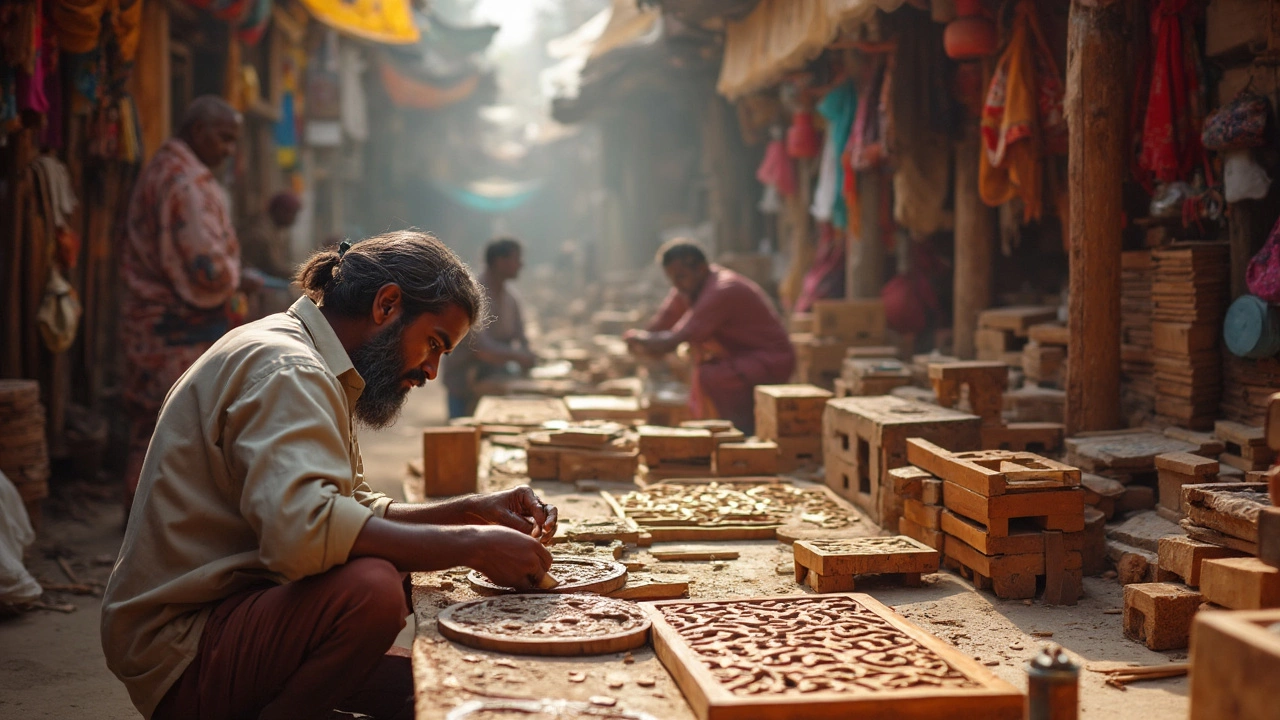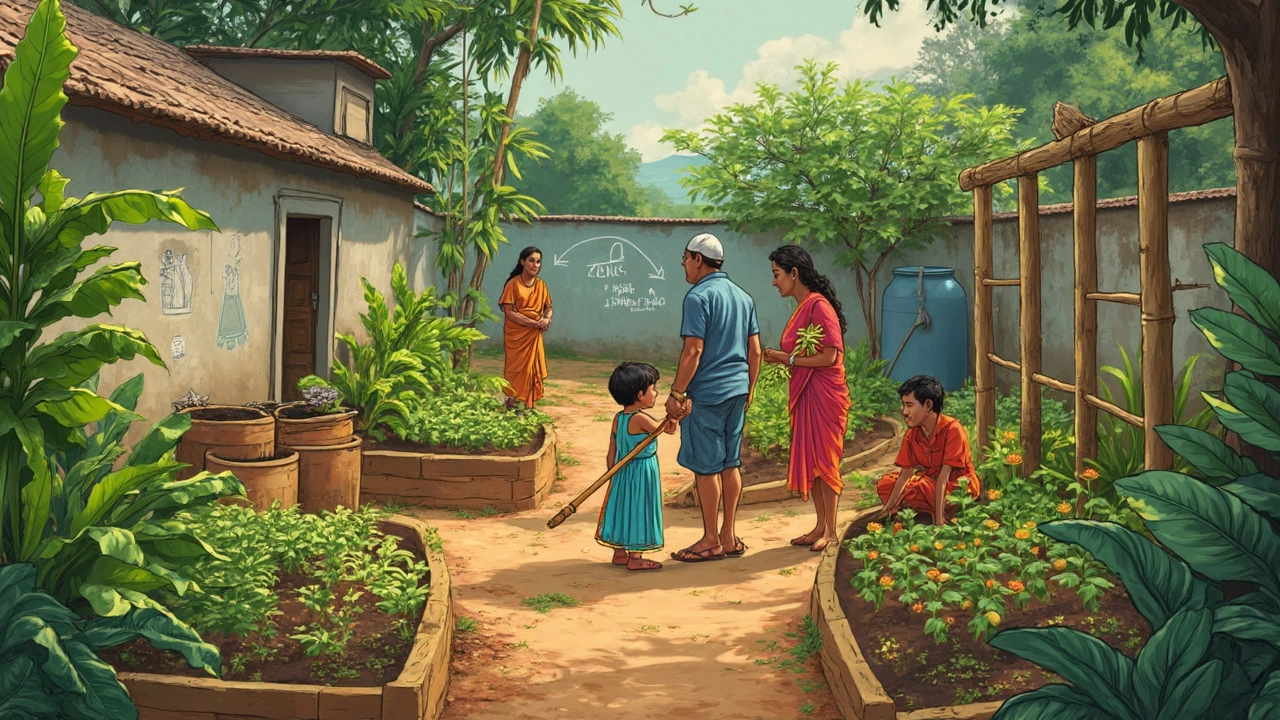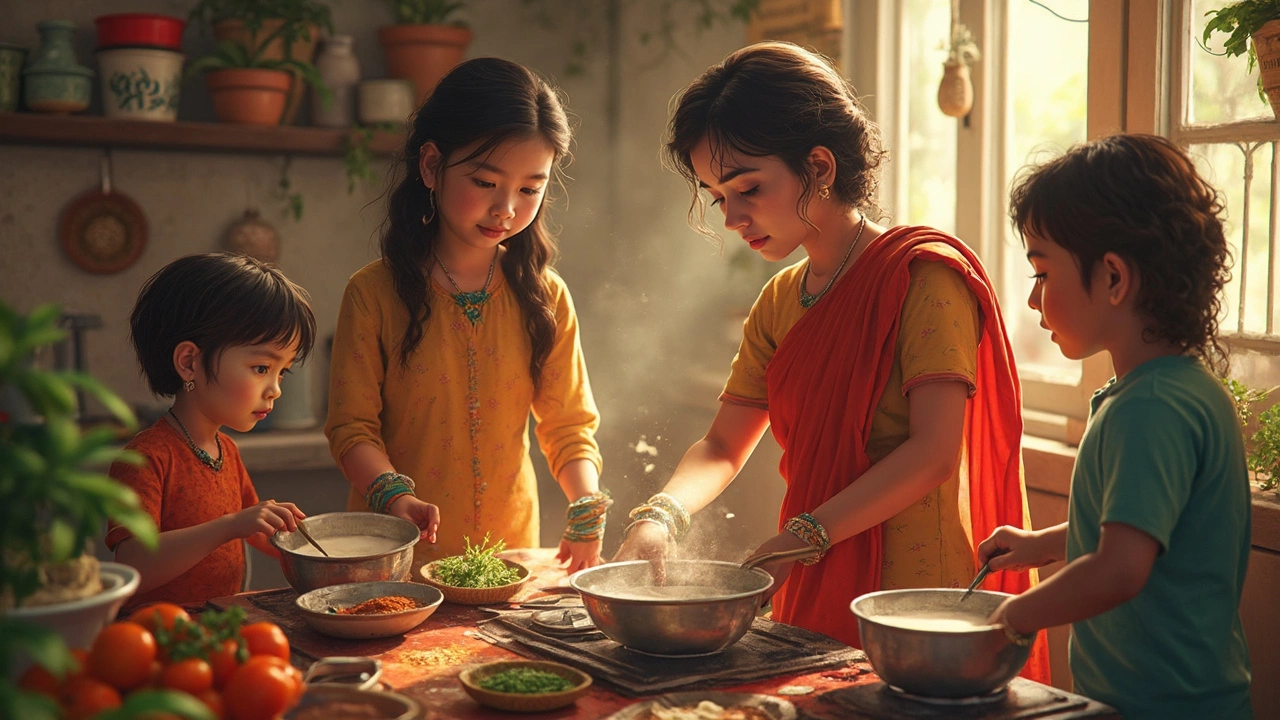Indian craftsmanship: heritage, industry and innovation
When exploring Indian craftsmanship, the age‑old art of creating goods by hand across the subcontinent, you quickly see it’s more than pretty things. It’s a blend of cultural memory, regional flair, and modern‑day problem solving. Also known as traditional Indian handiwork, this craft fuels livelihoods, preserves stories, and now powers sustainable manufacturing movements.
One of the most visible faces of Indian craftsmanship is textile heritage, the centuries‑long tradition of weaving, dyeing and printing fabrics that define regional identities. From the silk of Varanasi to the ikat of Odisha, each state offers a signature material that doubles as cultural branding. This heritage isn’t static; designers remix age‑old motifs for contemporary markets, and factories adopt eco‑friendly dyes to keep the legacy alive while cutting pollution.
The handloom industry, a network of family‑run workshops that turn raw yarn into finished cloth using manually operated looms is the engine behind that heritage. Handloom weavers contribute millions of jobs, especially in rural areas where other industries are scarce. Because the process relies on skill rather than heavy machinery, it naturally aligns with sustainable manufacturing, production methods that minimize waste, energy use and environmental impact. When a weaver chooses organic cotton or recycles water for dyeing, the whole supply chain gains a greener footprint.
How these pieces fit together
Indian craftsmanship encompasses textile heritage, so the designs you see on a runway are often rooted in a village’s centuries‑old pattern book. Textile heritage requires skilled artisans, which is exactly what the handloom industry supplies. The handloom sector influences sustainable manufacturing because its low‑energy processes set a benchmark for modern factories aiming to cut carbon emissions. Together, they create a loop: sustainable practices protect the raw materials, the handloom workers keep traditions alive, and the heritage fuels market demand for greener products.
Recent reports show that Indian states famous for fabric—Punjab, Gujarat, Tamil Nadu—are also leading the push for eco‑friendly production. For example, Gujarat’s cotton growers are experimenting with bio‑based pesticides, while Tamil Nadu’s silk farms are adopting solar‑powered drying rooms. These regional experiments illustrate how craftsmanship, local economies and sustainability are intertwined.
Beyond textiles, Indian craftsmanship spills into other sectors highlighted in our article collection. You’ll find pieces on how manufacturing boosts local economies, why no‑till gardening matters for soil health, and even the story of India’s oldest pharma company—each one showing that handcrafted thinking can improve modern industry. Whether you’re a farmer curious about water‑saving methods or an entrepreneur eyeing profitable manufacturing ideas, the common thread is the same: applying time‑tested skill sets to today’s challenges.
Below, the curated posts dive deeper into each of these angles. Expect practical tips on watering container gardens, insights into the most in‑demand plastics for 2025, and a tour of the states that dominate India’s fabric scene. Whatever your angle—culture, business, or sustainability—you’ll find a blend of history and forward‑looking advice that makes Indian craftsmanship relevant now and for years to come.
Which City in India Is Famous for Wooden Furniture? Unpacking the Country's Top Craft Hub
Ever wondered which Indian city is at the heart of wooden furniture craft? This article uncovers the city that's earned a big name in furniture making, explains how it rose to fame, shares tips on spotting high-quality wooden pieces, and unpacks why buyers from across India flock to this destination. You'll learn what kind of furniture styles thrive here and how the local industry shapes national trends. If you care about craftsmanship, home decor, or just want strong furniture that'll last decades, this guide will help you know where to look.
- manufacturing
- India
- food processing
- garden tips
- rice cultivation
- government schemes
- balcony garden
- urban gardening
- balcony gardening
- profitable business
- business ideas
- plastic manufacturing
- drip irrigation
- plant care
- steel manufacturing
- sustainable gardening
- startup ideas
- steel industry
- flower gardening
- textile manufacturers






